Deliver safety for every child on every street
Posted 5 years ago
By Saul Billingsley
Road traffic injury is now the leading cause of death worldwide, for young people over the age of five.
If we are to successfully deliver the Safe System approach, to make it relevant and relatable to policy-makers and the public alike, the urgent issue of children’s and adolescents’ basic human and civil rights – to play, to learn, to move, to breathe, to live – must be at the centre of debate.
Because the best way to ensure we design liveable cities, tackle climate change and deliver urban health for all is to write the prioritisation of child and youth needs and rights into the first line of the first page of every mayor’s speech, every planning document and every technical manual.
In fact, a policy, a shorthand encapsulating this child-centred objective, is written into the New Urban Agenda, the global policy framework for cities agreed by the United Nations in 2016: ‘to promote the safe and healthy journey to school for every child as a priority’.
Ensuring that this commitment becomes reality on every street drives the campaigning of the Child Health Initiative, coordinated by the FIA Foundation. We consider this nothing less than a civil rights challenge for the 21st Century.
The way we design our cities and allocate our road space is one element of the constant wider struggle over how we distribute our available re-sources fairly and efficiently.
Translating this into a practical agenda is our priority. So the FIA Foundation is investing in the work of the International Road Assessment Programme and many NGOs working at city level to democratise street design.
Speed management by design is at the core of the approach, and there are strong and proven solutions available. So, for example, iRAP’s ‘Star Rating for Schools’ initiative which measures traffic danger risk on the journey to school and offers counter-measures is now building momentum, with major partners, including the FIA and its more than 200 automobile clubs, poised to implement.
We have the tools, it is now time to use them to deliver safety for every child on every street.
WHO Strategic Plan also builds on the “2020 Action Agenda” published as part of the “#SafeKidsLives” global lobbying campaign, with five key requirements:
- Safe ride to school for every child including safe roads and speed management around every school.
- Safe school transport with seat belts in all school buses.
- Child-proof vehicles and measures to promote child restraint systems.
- Helmets for all children transported on motorized two-wheel vehicles.
- Enforcement of measures against driving under the influence.
The fact is, there has been much positive development in recent years, but to differing degrees around the world. For example, in the European Union, the number of children under the age of 15 killed in road accidents decreased between 2005 and 2017 by 55 percent from 1,325 to 593, according to the European Commission.
In the US, according to NHTSA, the decrease between 2005 and 2016 was only 37 percent from 1,955 to 1,233, and in Africa, according to IHME, it was only 12 percent from 54,171 to 47,520 between 2005 and 2017.
Africa Road Safety Forum
So much remains to be done and fortunately it is also happening in many countries. Children play an important role in many national initiatives and road safety programs. This is especially true in low- and middle-income countries.
For example, just in November 2018, transport ministers from across Africa joined the First African Road Safety Forum in Marrakesh with Zoleka Mandela, the global ambassador of the Child Health Initiative, and her partners.
They have published a new report titled “Un grand pas en avant” (A big step forward). The report, co-authored by the FIA Foundation and the organizations Amend and Humanity & Inclusion, is aimed specifically at French-speaking countries in Africa and calls for effective action to be taken, including infrastructure and speed management, to improve the safety of walking children in countries like Burkina Faso, the Democratic Republic of the Congo, and Senegal.
Background: Children in sub-Saharan Africa are killed in traffic accidents twice as often as anywhere else in the world. The report follows the 2016 publication “Step Change” that referred to road safety solutions developed in countries such as Tanzania, Zambia, and Ghana.
The African Road Safety Observatory, which was developed by the FIA Foundation together with the WHO and a consortium consisting of the FIA, the International Transport Forum, and the World Bank, was also introduced at the forum in Marrakesh.
The International Road Traffic Accident Database (IRTAD) also played an important advisory role. Following its example, the African Road Safety Observatory is to collect data on traffic accidents and other indicators with the help of national governments in Africa and make them comparable.
Many initiatives have also been launched on the other continents in recent years. For example, the “Vision Zero for Youth” pilot projects in Mexico City is the first Latin American city to focus on children and adolescents in its goal of reducing the number of traffic fatalities.
The pilot project supported by the Institute for Transportation and Development Policy (ITDP) and the insurance company AXA primarily targets the way to and from school. Teachers and students worked together to identify the most dangerous intersections near schools, and various traffic-calming measures – such as wider sidewalks, shorter pedestrian crossings, speed restrictions, and traffic bollards – were initiated.
Another of many beautiful success stories comes from Vietnam. In December 2007, a law requiring all motorcyclists and passengers to wear helmets came into force. Accompanied by effective campaigns conducted by the AIP Foundation and other partners, the results were visible immediately.
Head injuries
The rate of helmets worn on urban streets rose from just six to over 90 percent. Already in the first year, injuries caused by traffic accidents decreased by one fourth, while the death toll dropped twelve percent. In the decade since the law was enacted, an estimated 500,000 head injuries and 15,000 fatalities have been prevented by the increased use of helmets.
At the same time, the massive increase in the use of helmets has resulted in an estimated saving of USD 3.5 billion over a ten-year period, including medical costs, lost production costs, and permanent or temporary disability.
Because of this positive development, and based on the fact that many children are transported to school on motorbikes in Vietnam, the Vietnamese government distributed motorbike helmets to nearly 1.8 million first graders free of charge throughout the country at the beginning of the 2018/2019 school year.
Countless other positive examples like this one could be identified around the globe. But alone the strategies and measures already mentioned demonstrate that awareness of the importance of children’s road safety has increased significantly and that more and more efforts are being made to contribute to a permanent optimization.
The present DEKRA Report, incidentally the twelfth of its kind, also wants to make a contribution by focusing on children under the age of 15. One of the reasons that this age group is so at risk in road traffic, is because they have very little experience to draw from.
In addition, they have a short attention span, are easily distracted, and lack concentration – an often deadly mix of risks. In addition, small children are not able to estimate speeds. Whether for children who are walking, riding a bicycle, riding as passengers in a car, in a child seat on a bicycle, or in a trailer behind it, whether riding as passengers on motorized two-wheel vehicles, or using small electric vehicles, the report discusses the measures that can be taken to counter the high risk of accidents.
Mr. Billingsley is the Executive Director, FIA Foundation. His remarks were published in the DEKRA Road Safety Report 2019 titled: “Greater Road Safety for Children.”

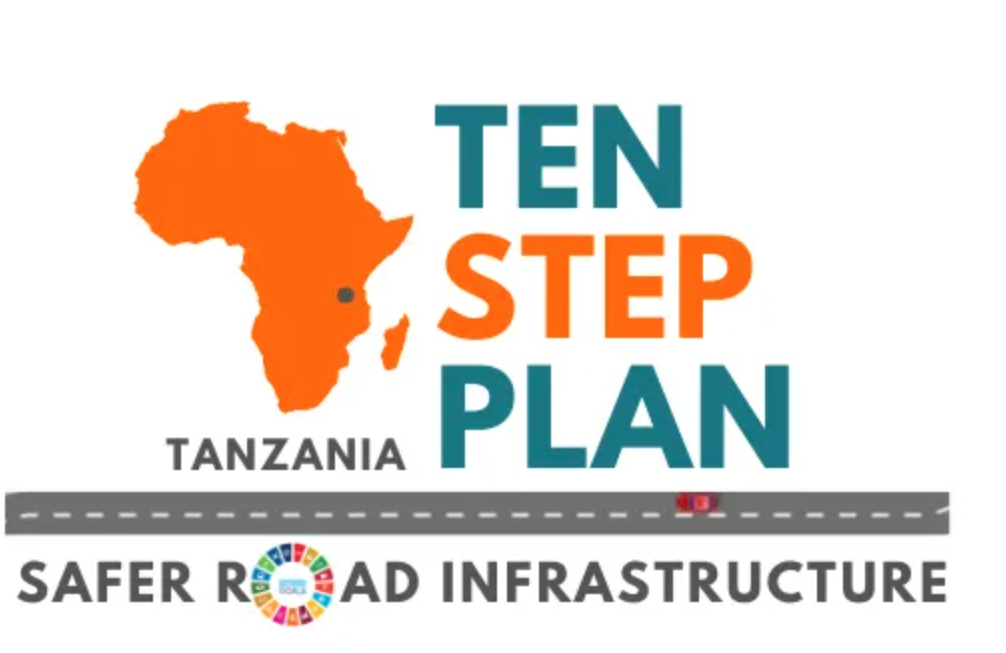
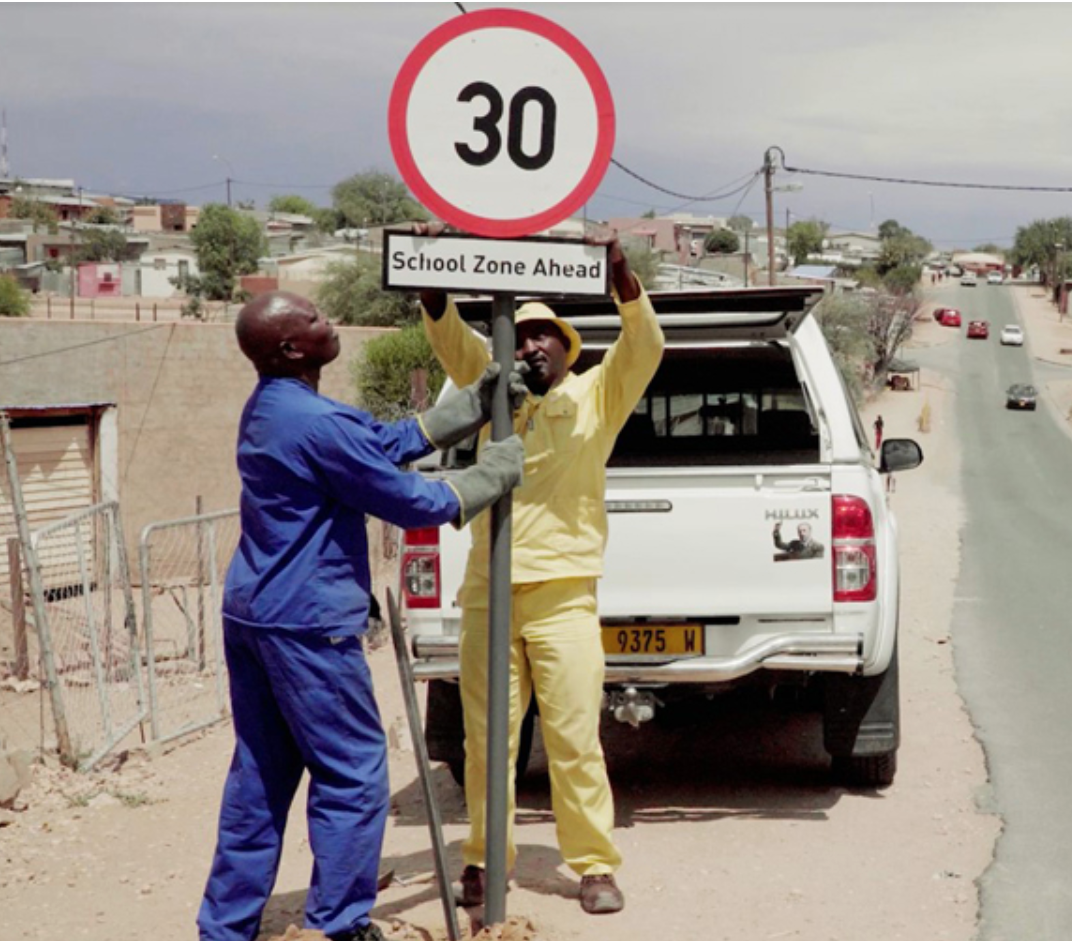
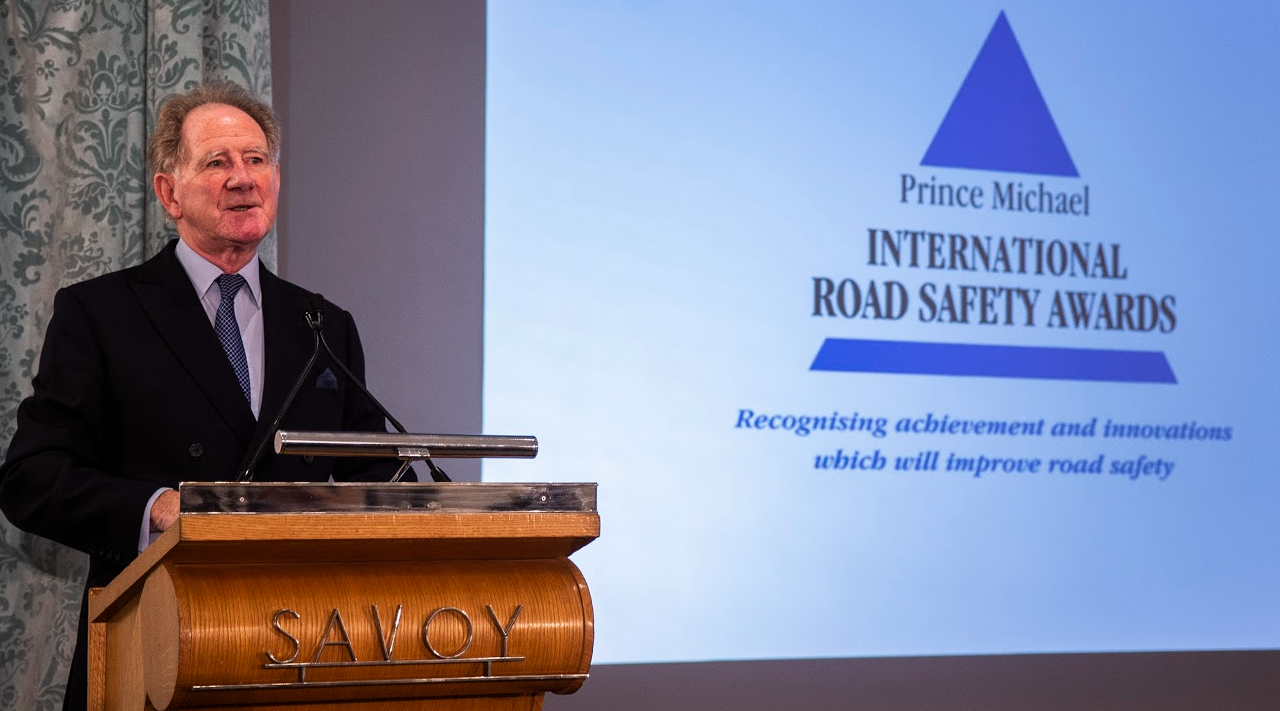
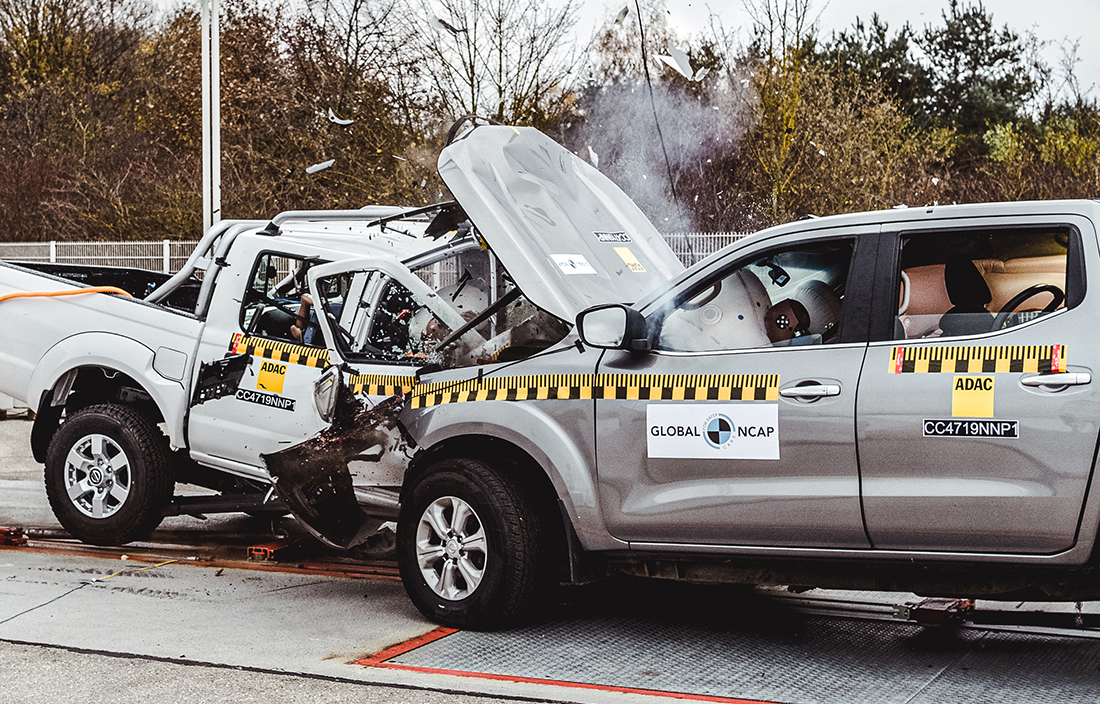
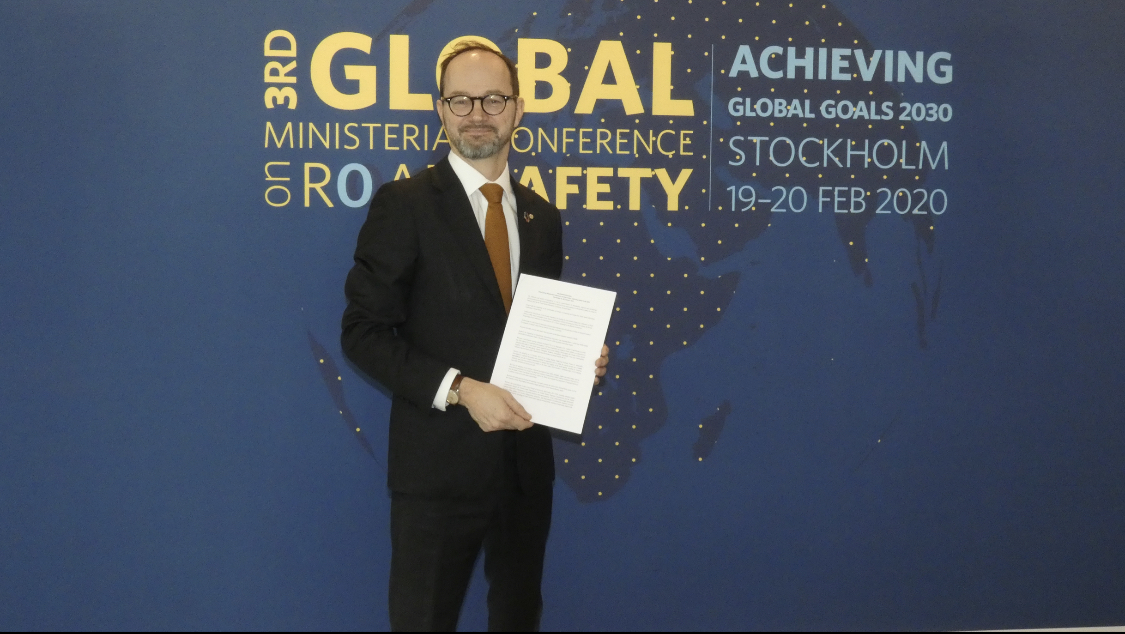
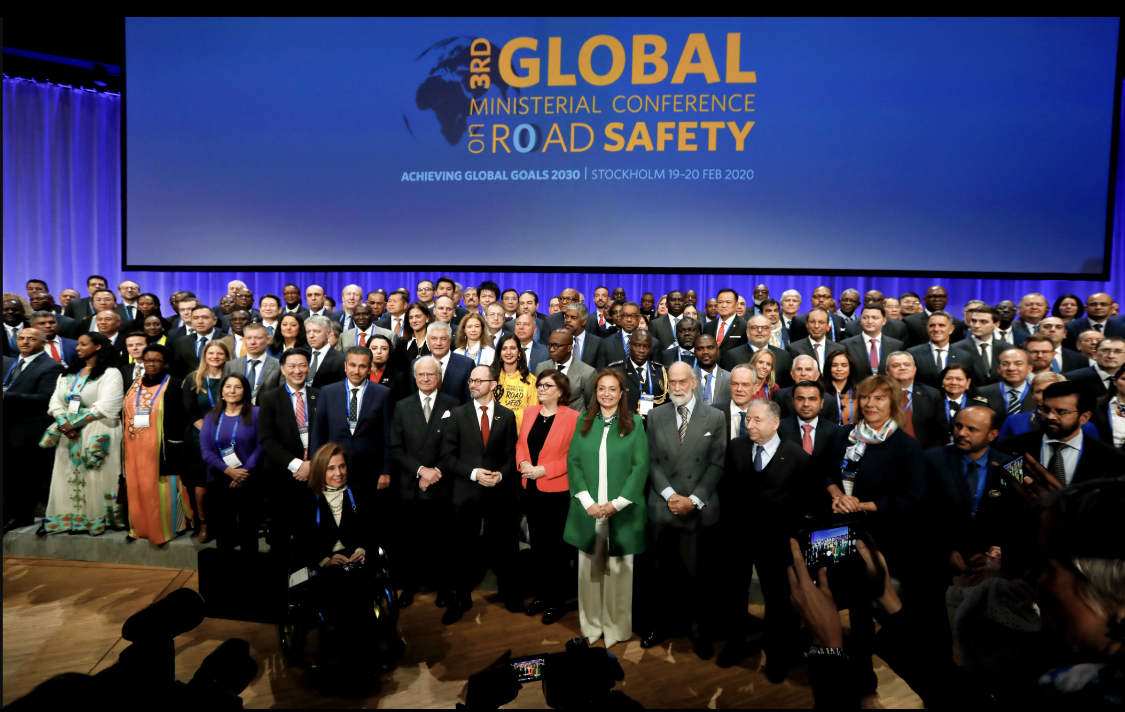
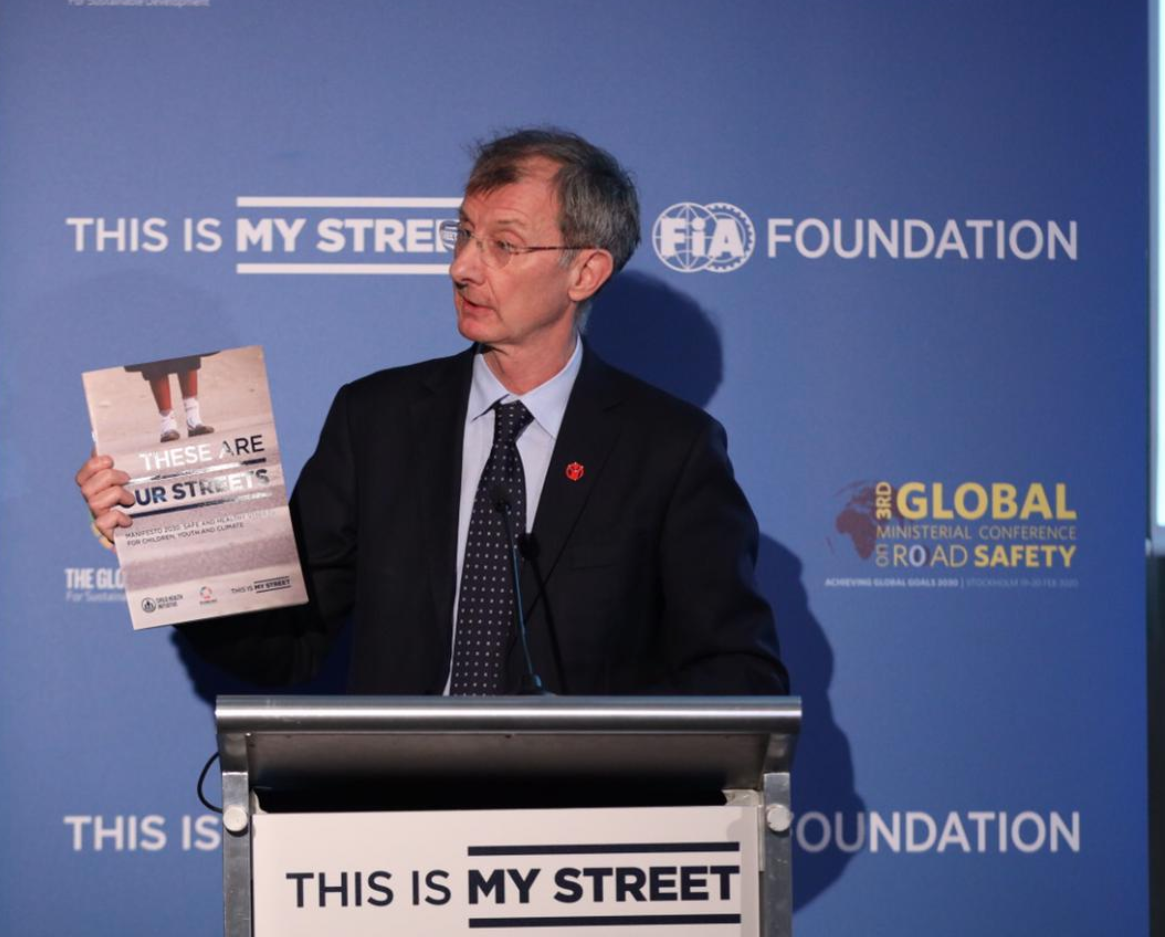


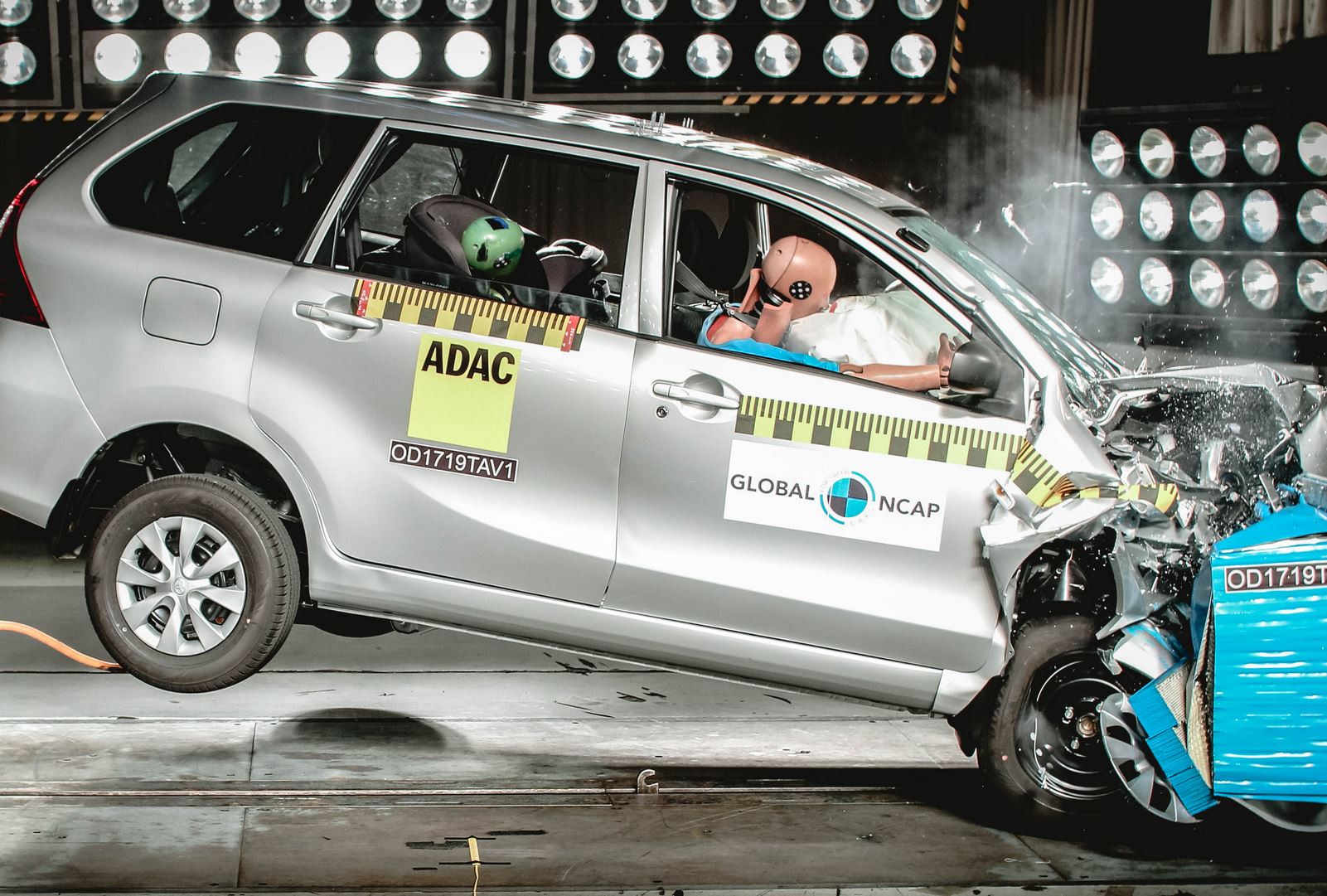
 RSS Feeds
RSS Feeds